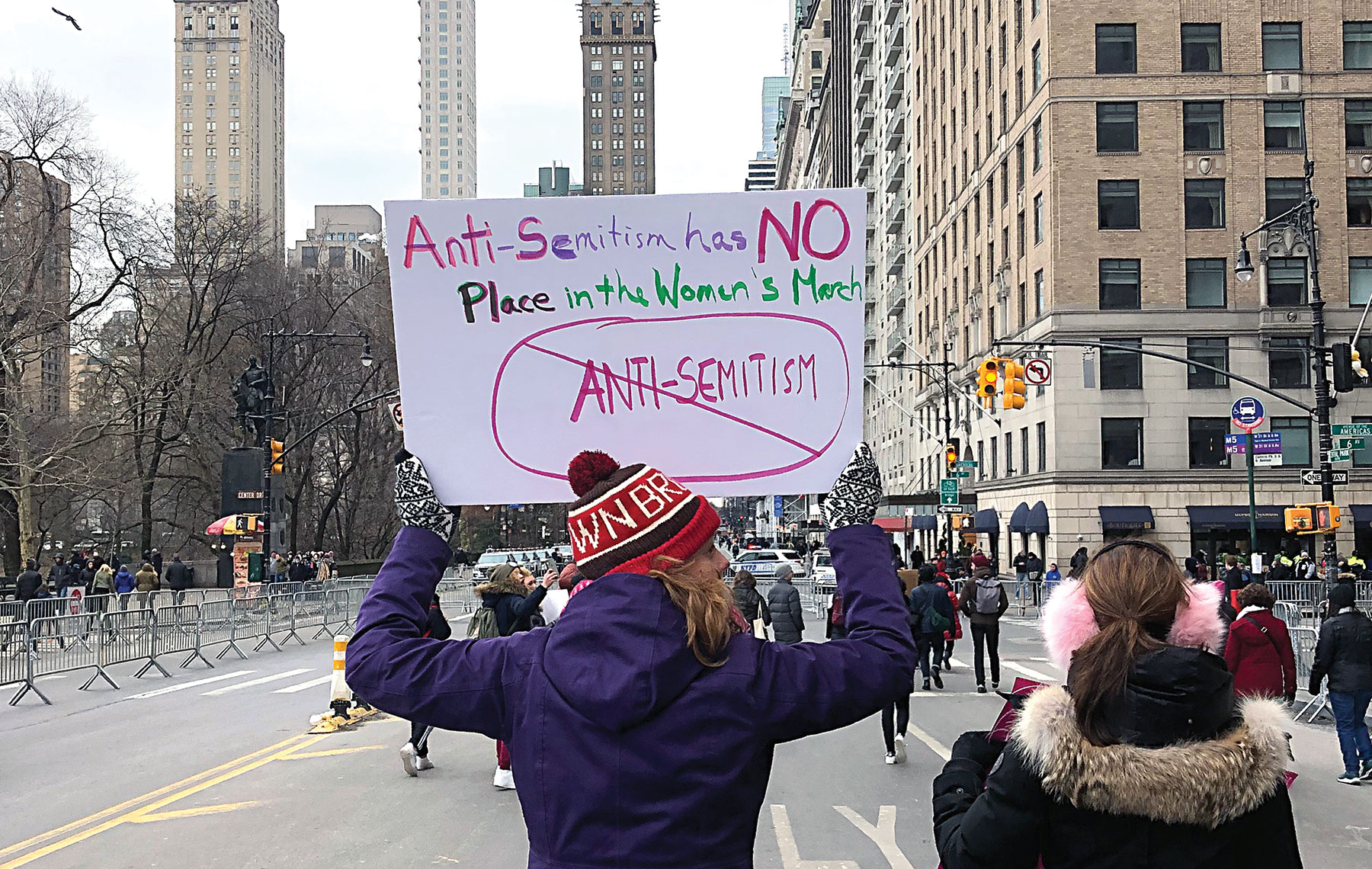
The Women’s March has held an interesting place in New York since the first one in 2017. The New York Women’s March has never been affiliated with the Women’s March, Inc., the Washington, D.C. march, which has led to some confusion through the years.
This year, Women’s March, Inc. tried unsuccessfully to partner with the unaffiliated New York Women’s March Alliance, which is how New York ended up with its annual Women’s March on NYC, organized by Alliance leaders for the past two years, and a Unity Rally organized by Women’s March, Inc.
Many worried that these two competing events would lead to a fractured liberal base, which is what the right wants. To some extent, this seems, unfortunately, to be happening. I spoke to many people before this year’s march who were not going to participate, thinking it was affiliated with the national organization.
Both marches have undergone their share of controversy this year. The New York Women’s March Alliance event has been accused of lacking intersectionality. Women’s March, Inc. has had several issues surrounding anti-Semitism in its leadership. Unfortunately, all of these issues with anti-Semitism seem to have distanced us from the true goal of these events, which is equality for all.
On Jan. 19, I attended both the rally and the march, and they were as diverse as those who had organized them.
A few hundred people attended the Unity Rally, organized by Women’s March, Inc.’s NYC director, Agunda Okeyo. The rally began with Okeyo asking, “Where the Jews at?” and a small group of cheers being heard. It felt like they were trying really hard to not look anti-Semitic, and it made me cringe. This shouting of your membership in a minority group was not done for any other groups. Things weren’t helped when in the first few minutes of Okeyo’s speech, someone shouted from the audience, “The Women’s March does not represent Jewish people! The Women’s March is the real Nazi Party!” People were not very interested in interacting with a journalist from a Jewish publication because, they said, they “knew the narrative” we are “trying to promote.”
The Unity Rally felt like a space where I did not belong, which is fine because everyone does not belong in every social justice space. This rally was mostly filled with women of color and there was a warmness and sisterhood in the air. A big theme of Okeyo’s speech was that immigration is a feminist issue. But for a number of possible reasons, the rally was not full of energy or much spark compared with previous Women’s March, Inc. protests I have attended.
When I arrived at the Women’s March Alliance event on the Upper West Side, one of the first things I noticed was that the attendance was much lower than in past years. On some blocks, there were less than 10 people marching. People commented on the lack of turnout. Here, at least, I saw numerous signs about combating anti-Semitism. One young woman said, “It sucks that we have to be at the march, marching against the other march where we are marching for universal rights.”
A group of three women said they were out marching because they have always marched. They had marched to protest the Vietnam and Iraq wars and for equal rights since they were young women. They said as time went on, they noticed that young people weren’t joining the movement. What they love about the current women’s marches is that so many young people come. They have a lot of hope for the millennials as the next generation of fighters for equal rights.
One of these women, who recently had major back surgery, said she was marching because the cause is so important to her. Some people came to the Women’s March on NYC because it was the better-advertised event and they didn’t know about the controversy, but these people were in the minority among the groups I spoke to.
Despite low attendance, the Women’s March Alliance event, unlike the Unity Rally, was full of energy and movement, featuring drummers and music.
People were excited to interact with groups and some of them merged and conversed. Several groups saw me walking alone and invited me to march with them. While there was a communal feeling of closeness that permeated the march, I was disheartened to see very few women of color participating. It seemed that the rumors of a lack of intersectionality were true.
After taking part in both events, I was left with a major question: Were fewer people marching and rallying because of the divisiveness or were they just tired?
I also was left to question what any of this action actually accomplishes. After three years, does this particular event hold any power, or does it only serve to make us feel less powerless against an oppressive regime? How can we move past divisions in our social justice movements?
Regardless of the infighting, children like Hudson Brown, a 7-year-old New Yorker who marched, give me hope for the future and remind me of the shared goals we are fighting for. Asked why he marched, Hudson’s father said, “Because I want all people to have equal rights and I want peace.”
Alexandra Pucciarelli is a writer and researcher based in New York.






















 More news and opinions than at a Shabbat dinner, right in your inbox.
More news and opinions than at a Shabbat dinner, right in your inbox.